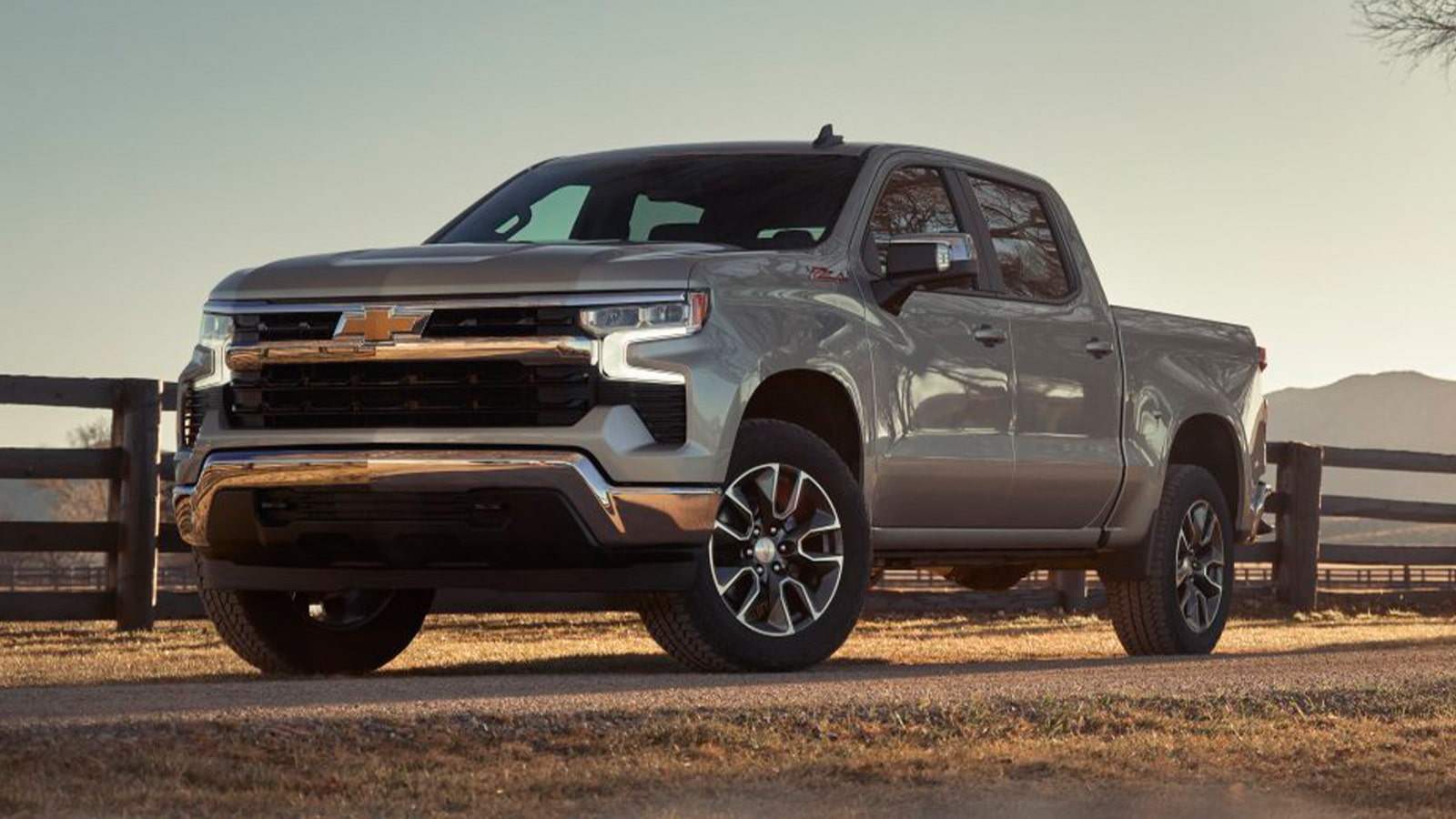When most people glance at U.S. car sale statistics, they expect certain familiar brands to dominate: Toyota, Ford, Chevrolet. Yet the current landscape hides some jaw-dropping shifts that defy expectations. This list of car sales in the USA will surprise you — and may even challenge assumptions about what drives American buying habits.
1. Toyota and Ford are neck and neck — but not by much

In the first half of 2025, Toyota pulled in around 1,057,773 units sold, edging past Ford’s 1,052,577 — a razor-thin margin given both brands sell millions of vehicles annually. While both remain pillars of U.S. automotive sales, the battle for supremacy is tighter than most realize.
2. Chevrolet still holds its ground

Coming in third nationwide, Chevrolet sold approximately 914,451 units in the same period. That’s no small feat in a highly competitive market—especially when SUVs and trucks are dominating consumer preferences.
3. A surprise: Buick’s leaping growth

One brand that many don’t expect to see gaining traction is Buick. While it traditionally occupies a niche segment, its sales surged by nearly 29% in the first half of 2025. That kind of upward momentum is rare among established automakers today.
4. SUVs and trucks eclipse sedans — again
The dominance of pickup trucks and SUVs hasn’t eased. In 2025, light trucks and SUVs continue to outperform passenger sedans by a comfortable margin. As American consumers shift toward utility, comfort, and versatility, sedans are increasingly marginalized.
5. EVs are no longer niche — they’re now surprising stars
Electric vehicles (EVs), long seen as futuristic niche models, now make their way into “most surprising” lists themselves. In recent quarters, models like the Chevy Equinox EV and Ford Mustang Mach-E have posted year-over-year sales surges over 150%. Demand is also being fueled by the looming expiration of federal EV tax credits — pushing buyers to act fast. The rapid rise of EVs has jolted the industry in ways few anticipated just a few years ago.
6. Some models sell faster than you’d think
The “fastest-selling” models give insight into supply constraints and consumer urgency. In 2025, several EVs have broken into the top ranks of quickest-moving models, a first in U.S. automotive history. Meanwhile, some luxury and niche nameplates now linger unsold in inventories, even as demand remains strong for mainstream utility models.
7. Overall sales: good, but not record setting
Though 2024 saw U.S. new vehicle sales reach over 16 million units, making it the strongest year since 2019, overall volumes in 2025 are still under pressure from supply chain constraints, higher interest rates, and shifting consumer choices. Despite that, individual brands continue to surprise in their performance gains or declines.
Final thoughts
What this list reveals is that the U.S. car market is no longer predictable. Legacy giants still perform, but upstarts in the electric segment are surging faster than many analysts anticipated. Even slower, niche brands are showing pockets of growth. Meanwhile, SUVs, trucks, and high-demand EVs are outpacing sedans more strongly than ever.
If you’re a car enthusiast, industry watcher, or prospective buyer, these surprises suggest that the days of assuming “the usual suspects” dominate unchallenged are waning. Watch closely — new leaders may emerge faster than you expect.











What do you think?
Show comments / Leave a comment